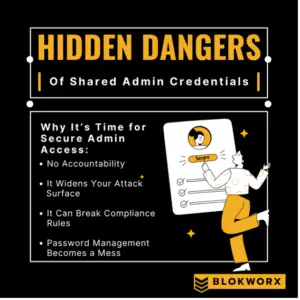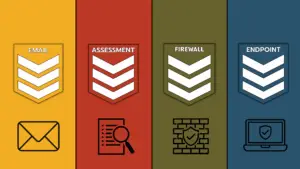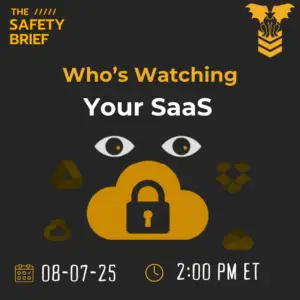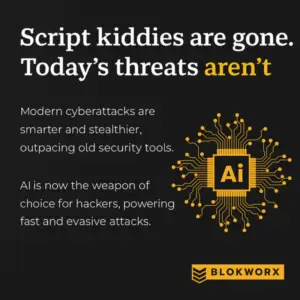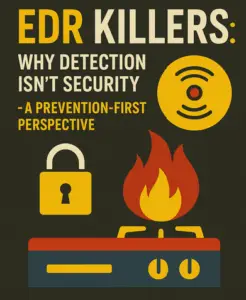Sharing admin credentials might seem like a quick fix,easy, convenient, and a way to keep things moving. But behind that simplicity lies one of the biggest hidden risks to your organization’s security. As cyber threats become more advanced and more frequent, it’s no longer safe (or smart) to rely on shared logins.
Let’s break down why shared admin accounts are such a problem, and what you can do instead.
Despite all the progress in identity and access management, shared admin credentials are still widely used. In fact, the Ponemon Institute’s 2024 State of Privileged Access Management study found that 74% of organizations still use shared administrative credentials for some of their critical systems.
That might seem like a small internal shortcut, but it opens the door to major security and compliance risks.
Why Shared Admin Credentials Put You at Risk
- No Accountability
When multiple people use the same login, there’s no way to tell who did what. If a setting changes, a system breaks, or a breach occurs, you’re left playing detective. Without individual accountability, even simple mistakes become hard to trace, and serious incidents can drag on longer than they should.
- Your Attack Surface Grows
The more people who know a password, the more likely it is to get phished, guessed, or leaked. The 2024 Verizon Data Breach Investigations Report found that 49% of breaches involved compromised credentials, and shared accounts only make it easier for attackers to slip through unnoticed.
- Compliance Risks Multiply
Most regulatory frameworks, especially in healthcare, finance, and government, require strict user accountability and traceable access. Shared logins don’t just make audits harder; they can also lead to violations and fines.
- Password Changes Become a Nightmare
When credentials are shared, updating them becomes a coordination exercise. That often leads to infrequent password changes, which means attackers have more time to exploit them if compromised.
A Better Way Forward
✅ Use Individual Admin Accounts with PAM
Privileged Access Management (PAM) gives each admin their own credentials and allows for tightly controlled, auditable access. You can grant temporary privileges when needed, and always know who’s doing what.
✅ Enforce Multi-Factor Authentication (MFA)
According to Microsoft, MFA can block over 99.9% of account-based attacks. It’s one of the easiest and most effective defenses against credential compromise.
✅ Monitor and Record Admin Sessions
Session monitoring tools add a layer of accountability and provide valuable insight if anything goes wrong. It’s also a strong deterrent for misuse.
✅ Set Up a Break-Glass Emergency Process
Establish a secure, limited-access method for emergency scenarios, complete with alerts and logs, to avoid bypassing your normal controls.
Shared Credentials Aren’t Worth the Risk
The numbers don’t lie. A study by CyberArk found that organizations that eliminated shared privileged accounts reduced the risk of a breach involving privileged credentials by 62%.
The bottom line? Shared admin credentials may feel convenient, but they create serious vulnerabilities. Moving to individual, controlled access isn’t just a best practice, it’s a foundational step in protecting your organization.
If you’re ready to improve your security posture, start by phasing out shared logins and putting better controls in place. Your critical systems, and your team deserve better protection.
Need help taking the first step? Let’s talk.

